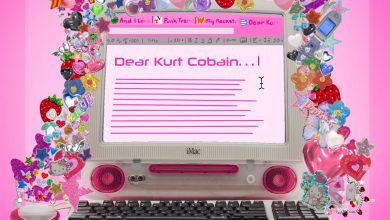The Umbrella Revolution in Hong Kong: Above and Beyond Protests
“The umbrella has been transformed from a normal [everyday] object to a symbol of defiance, a symbol of resistance.” – Kacey Wong
After months of debate, a decision on universal suffrage and its mode of implementation in Hong Kong was reached by China’s legislature, National People’s Congress Standing Committee, on August 31st. The upshot of the verdict is a rejection of open nominations for candidates in the upcoming elections promised for 2017. This rendered months of campaigning and rallying by pro-democracy activists, namely the main grass-root group Occupy Central with Love and Peace, null and the movement appeared to have momentarily lost its direction.
Student leaders, however, quickly stepped up to fill the void , notably the 17-year-old Convener of student activist group Scholarism, Joshua Wong. Class boycotts started officially on September 27th and protests gradually gained momentum as OCLP rallied their supporters in participation. The movement was further fueled by outrage against police forces that used pepper spray, tear gas and rubber bullets against peaceful protesters. In defense, the protesters resorted to shielding themselves with the now-iconic umbrella and the movement was subsequently dubbed the “Umbrella Revolution” or “Umbrella Movement.”

Half a month later, the movement is beginning to cool down from its initial furor, as indicated by dwindling numbers and increasing antagonism from the public. As the Hong Kong administration begins to pursue a harder approach by scrapping negotiations and conducting surprise raids to remove barricades in major occupied areas, activists struggle to find a new direction to realize their goals of democracy.
From our arguably privileged vantage point 7000 miles away, it is then temptingly convenient to make sweeping generalizations of the ongoing events in binaries of good and evil. However, it is integral to not only understand, but also appreciate the nuances of the issue and the stakeholders.
On the surface, the protests are seemingly a mere struggle for political rights and control between the Chinese government and the Hong Kong people. In truth, this movement manifests the entanglements of historical, social, political and economic factors. In any battle for equality, while we stand justified and righteous, without social and historical sensitivity, we run the risk of stifling liberty from the pedestal we put ourselves on.
Much like the ideals behind intersectionality in feminism, social and historical sensitivity is the key to deciphering the nuances of issue and untangling the the knots to actualize true freedom.
Therefore, yes, the “Umbrella Movement” is a brave moment in history of championing social justice, but we must not forget the nation battered by history and poverty, struggling for its identity.
The umbrella hasn’t always had the best connotations, but this only adds to the richness of it as a symbol, especially in the universal context of the long and difficult journey of actualizing human rights, whether it is pursuing democracy, attacking racism or bringing down the patriarchy. The umbrella is ordinary yet it is empowering in being personal, and as we stand proud, holding its weight in our own hands, we also shelter others.





